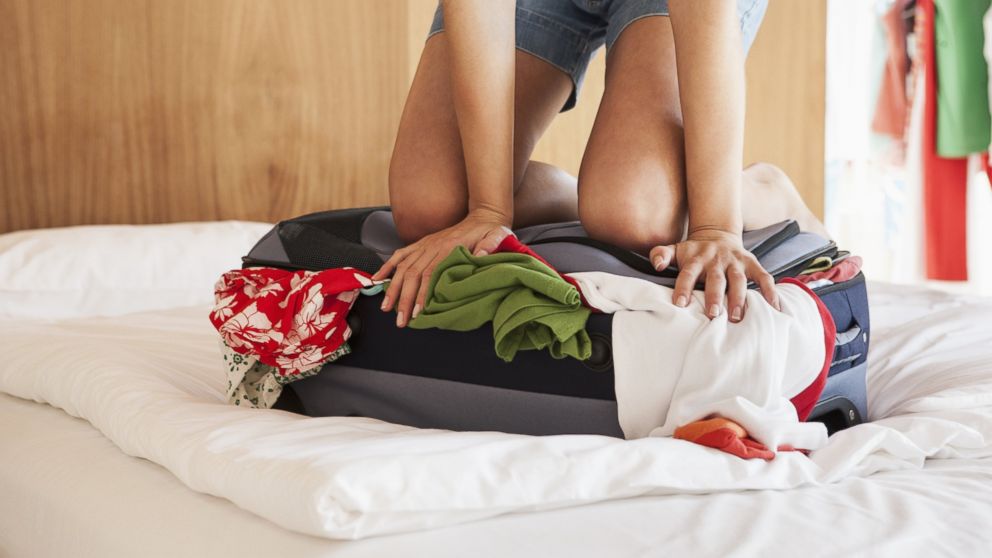Look Out, Baggage Police Are Eyeing Your Luggage
Carrying a few extra inches? It could cost you a $50 round-trip fee.

— -- The peak travel season is upon us. This summer, almost two-and-a-half million people will get on planes in the U.S. every day. Don't have tickets yet? Get moving. And one more thing:
Before you pack, take a moment to consider the Baggage Police. They're waiting for you at the airport to look at your carry-on.
United may have been the first to crackdown on these bags; last year, the airline placed sizing templates in airports across the U.S. Now Air Canada is doing the same and to judge by the sternly worded baggage regulations on most airline websites, others will follow. This means if your bag isn't just right, it could be taken from you. It could even cost you a $50 round-trip fee! But you'll be OK if you keep these six things in mind.
1. The baggage police are waiting for you.
It's not like the cops on "Law & Order" -- baggage cops will probably be dressed in airline uniforms and hang out by security checkpoints or gate areas. Their job is to keep overhead bins from overflowing by eyeballing bags and barring over-sized ones. In most cases, carry-ons identified as too big will be simply be taken to cargo and that will be that, but we are aware of instances where passengers had to pay. Why take a chance?
2. There is no single correct size for a carry-on.
Carry-on sizes are similar but not identical and when it comes to a small bag you're trying to cram your life into, an extra inch or so matters. A few carry-on limits:
- Alaska: 24 x 17 x 10 inches
- United: 22 x 14 x 9 inches
- Spirit: 22 x 18 x 10 inches
If you're thinking, Spirit is pretty, they can afford to be since they ding you $35 for a carry-on. So does Allegiant, and Frontier's fee is $30. On all other U.S. airlines, a carry-on is free.
3. There is no single weight allowance for all carry-ons.
If you thought overweight bags only counted for checked luggage, sorry, some airlines impose these limits on every bag. Does this mean all carry-ons will be subjected to a scale? Doubtful, but you could be pulled for a random weigh-in so be prepared: Put light stuff in the bag, wear your heaviest clothing (especially shoes) and keep electronics on your person. Wait until you're in the cabin to repack any way you want. Some maximum weight allowances:
- Frontier: 35 lbs.
- Virgin America: 30 lbs.
- Allegiant and Hawaiian: 25 lbs.
4. Start toning those arms.
American's baggage rules and regulations put no limit on the weight of a carry-on, which sounds great until you consider what else the rules say: "Please note, you’ll also need to be able to lift your bag into the overhead bin." As in, pick it up and jam it into that small space all by yourself without any assistance from a flight attendant. Over-pack if you want but better start practicing those curls.
5. You also get a free personal item. Don't get too excited.
In addition to one carry-on, most airlines allow one free "personal item" which can be a laptop or a purse. Note to women who tote a carry-on plus a laptop plus a purse: stuff the purse in the carry-on. Other personal items might include an umbrella or reading material but baby items like strollers and diaper bags are usually not included in this allowance and are free.
6. Sometimes carry-on substitutions are allowed.
Alaska Airlines' site says one of these items can be swapped out to take the place of a carry-on provided the item can be safely stowed:
- A painting
- A fishing pole
- A human organ
Now go use that human organ known as the brain to avoid a run-in with the Baggage Police.




